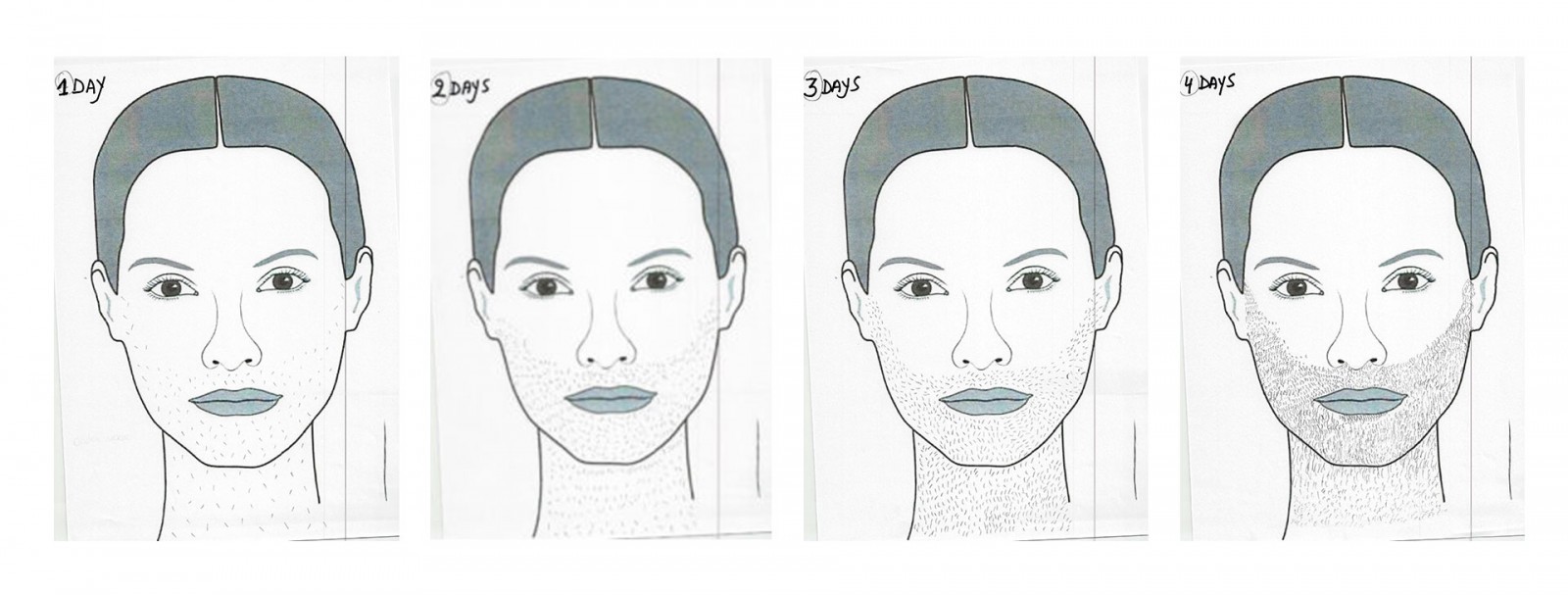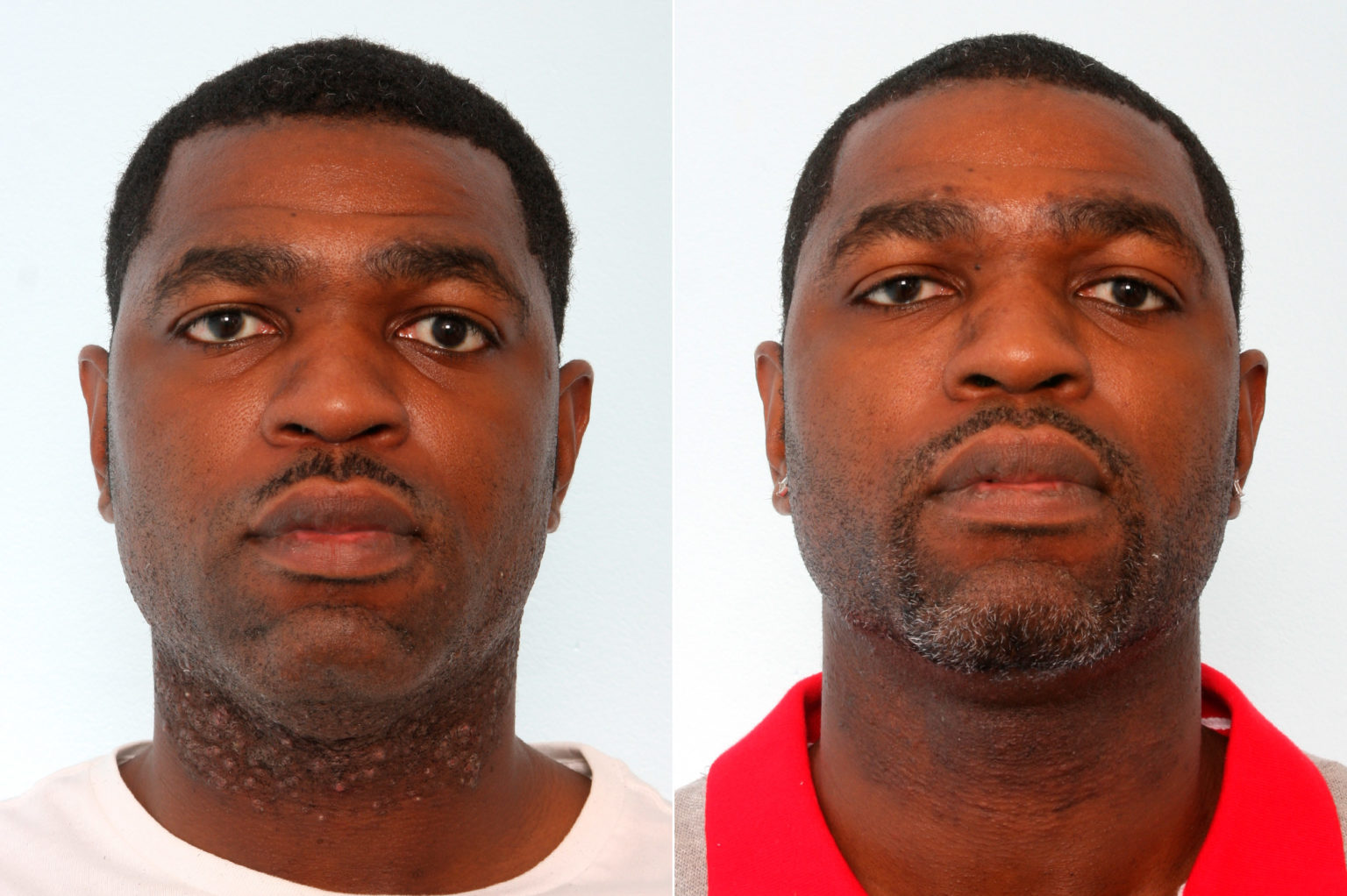Table Of Content

Electrolysis - safe, permanent hair removal - can reveal the full extent of your natural beauty. You will love the smooth, healthy look you can achieve with electrology. Electrolysis treatments vary depending on where you go to get it done and who you see for it. At Dzurek's Beverly Hills Hair Free clinic, sessions range from $75 to $400, depending on how much hair needs to be removed.
What Is Electrolysis Hair Removal? Everything You Need to Know About the Treatment
Now we know the idea of electrolysis or laser hair removal on your face might seem a bit scary so we consulted with four experts to breakdown everything you need to know about both procedures. Read on so that you can decide whether electrolysis or laser hair removal is the right option for you. Treatment length depends on several factors, including the body area and the type of hair growing there.
The Benefits of Laser Hair Removal
While laser hair removal reduces the amount of hair that grows back, it doesn’t end all growth. One benefit of laser hair removal is there’s little to no aftercare. After treatment, patients can immediately go to the gym and put makeup on.
What causes unwanted hair growth?
The combo uses both of these techniques for the most efficient, fastest hair removal solution. All methods will require numerous sessions over weeks to months to be effective. When that electric current travels down to the hair follicle, it zaps it dead, preventing a hair from ever growing there again. The procedure is typically done by a licensed and trained electrologist. If you are considering electrolysis, take the following into account.
Peach Fuzz Is a Thing When You're Over 40. Here's How to Get Rid of It - TotalBeauty.com
Peach Fuzz Is a Thing When You're Over 40. Here's How to Get Rid of It.
Posted: Tue, 14 Nov 2017 08:00:00 GMT [source]
Most electrolysis treatments last 15 minutes to one hour and cost $30 to a little over $100. Treatments are generally performed once or twice a week for as many weeks as are needed for results. Electrolysis, depending on the body area and hair characteristics, will necessitate multiple sessions to achieve the final aesthetic. Like we mentioned, larger treatment areas (like your legs or back) will require numerous machine sessions and, therefore, have higher costs compared to small treatment areas. A fine probe is inserted into individual hair follicles and heats up the hair to help the hair break away from other components, never to join again. If you're struggling with unwanted hair, there is a way to get the hair-free look you deserve.
Which parts of the body can be treated with electrolysis?

"It all depends on the area and how much hair needs to be removed," she explains. "A dense area like a full beard, back, or full Brazilian takes approximately 18 to 24 months to complete, and that’s roughly 60 to 90 sessions." Electrolysis Los Angeles is a safe and permanent hair removal option, popular with both MEN and WOMEN. The description of the discomfort ranges from "no worse than a mosquito bite", to "like a rubber band popping hard against my bare skin". Electrolysis can cause a tingling and stinging sensation, and you have to go through it with every hair.
However, to some, the treatment is painful and takes many sessions to fully eradicate the follicle. Electrolysis is another type of hair removal technique that is done by a dermatologist. The process works by inserting an epilator device into the skin. It uses shortwave radio frequencies in hair follicles to stop new hair from growing. This damages your hair follicles to prevent growth and causes existing hairs to fall out.
How Gen Z TikTok users are 'discovering' electrolysis and sharing rave reviews - Daily Mail
How Gen Z TikTok users are 'discovering' electrolysis and sharing rave reviews.
Posted: Sun, 26 Dec 2021 08:00:00 GMT [source]
What will happen during my session?
But luckily, most electrologists will let you pay for each session individually, and some even offer payment plans. Electrolysis is the only permanent hair removal cosmetic procedure available with approval from the United States Food and Drug Administration (FDA). While IPL and laser hair removal eliminate hair temporarily and slow regrowth, electrolysis permanently destroys the hair follicle. It is difficult to predict the exact number of sessions of electrolysis needed, as it varies from person to person.
Laser hair removal patients will need a series of treatments to achieve the best results. Beth Gillette is the beauty editor at Cosmopolitan with four years of experience researching, writing, and editing skincare stories that range from butt acne to blind pimples. She’s an authority in all skincare categories but is an expert when it comes to electrolysis hair removal, thanks to a decade of trying nearly every hair removal option to reduce ingrown hairs. She regularly tests and analyzes hair removal treatments, while working with the industry’s top dermatologists and hair removal technicians to assess new methods and brands. Because electrolysis only kills about 35 percent of hair follicles per session on average, the costs can vary drastically between treatment areas. So to get an estime for the number of sessions you’ll need—and how long each session will take—you’ll have to consult first with your technician before figuring out your final cost and time commitment.
"The length of each session is determined by multiple factors, including the amount of hair in the area being treated, the tolerance of the person, and the financial budget," she says. If you want to remove it, either temporarily with at-home laser devices, hair removal creams, or something more permanent—that’s great too. Personally, I chose to get professional laser hair removal after years of teenage trauma, but was disappointed to find out the results weren’t permanent.
Minor side effects are common, but they tend to go away within a day. The most common symptom is slight redness from skin irritation. Keep reading to learn the benefits, risks, and other guidelines for each procedure.
By fostering learning opportunities, the association ensures practitioners maintain the highest levels of expertise and care. According to our experts, it’s important to regularly apply sunscreen after the treatment and avoid direct sun exposure (you should be doing this anyway!). Doing so will help lower the chance of developing hyperpigmentation on the treated area.
You’ll feel a sharp sting or temporary warmth as each hair follicle is treated. How much the process hurts depends on how you react to pain and the area being treated. Laser hair removal (LHR) and electrolysis are both common medical procedures for cosmetic hair removal.
Most people are candidates for laser hair removal — the procedure works best for patients who have dark hair. However, the laser can be adjusted to treat different skin and hair types, including some patients with blonde and red hair. However, individuals who want to remove very light blonde or gray hair are usually not laser hair removal candidates because their hair is too light for the laser to safely target. A laser hair treatment professional can help determine whether you are a candidate. Electrolysis is a hair removal technique that uses an epilator device to disrupt hair growth. During the procedure, a dermatologist or trained technician inserts a small probe into a patient’s hair follicle, destroying it with an electrical current.
However, you’ll still need multiple follow-up appointments for the best results. Typically, patients need eight total sessions over 6-week intervals. Your technician may use a numbing cream to minimize discomfort, so if this is something you’re worried about — or you’re planning on treating a sensitive area like the bikini zone — be sure to ask whether they do. Electrolysis safely and permanently removes all types of hair from all skin tones.

No comments:
Post a Comment